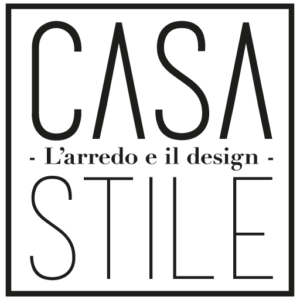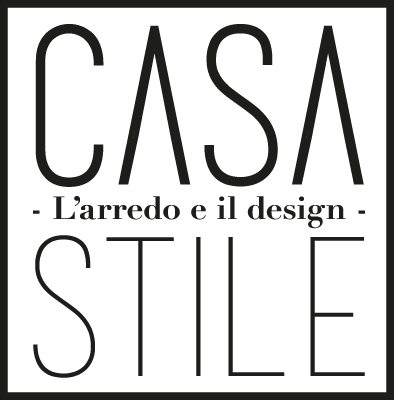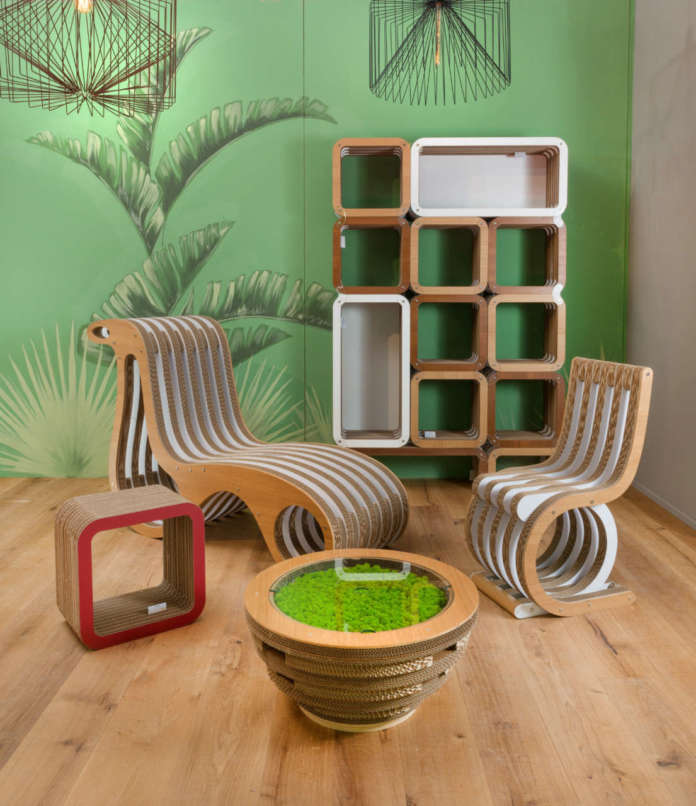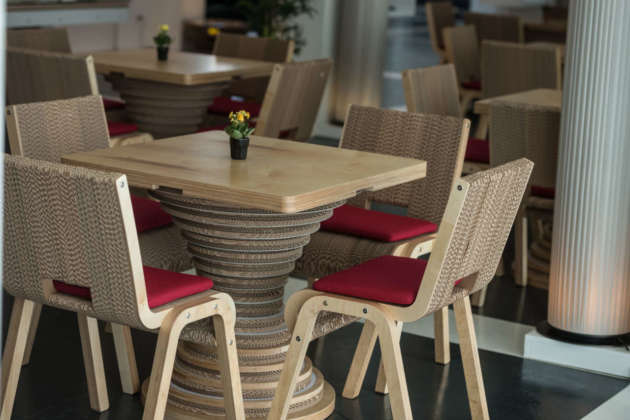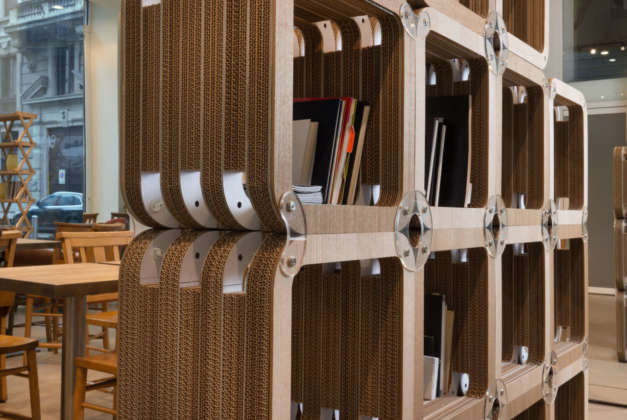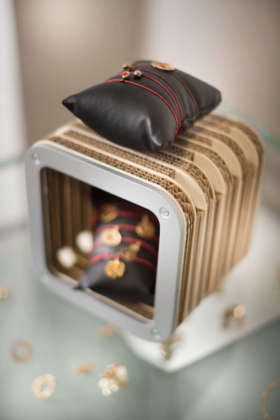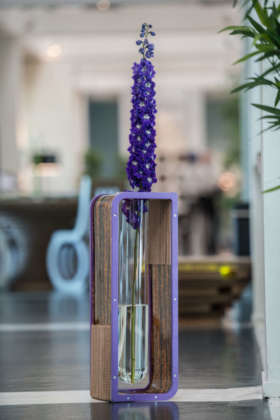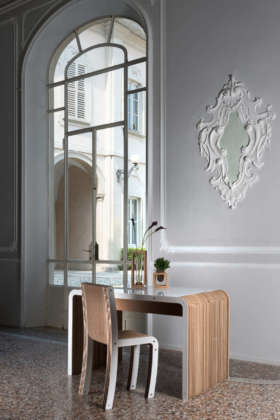Cosa vuol dire abitare sostenibile? Ne abbiamo parlato con Giorgio Caporaso, architetto e designer che ha sviluppato vari progetti attenti a questo tema studiando anche una propria linea di prodotti e complementi d’arredo.
Quella della sostenibilità è una materia complessa che abbraccia vari settori, difficile quindi da riassumere in poche parole. Sintetizzando, direi che è possibile parlare di abitare sostenibile quando si utilizzano materiali ecosostenibili, e si limitano fino alla eliminazione l’utilizzo di energie non rinnovabili, quelle cioè derivate da fonte fossile, salvaguardando l’ambiente grazie al maggiore risparmio energetico.
 E come si declina questa filosofia all’interno dell’ambiente domestico?
E come si declina questa filosofia all’interno dell’ambiente domestico?
Può trovare applicazione nei vari elementi che compongono la casa: arredi, complementi, tecnologie, finiture, colori… E’ vero però che nell’arredo, di ecosostenibilità si è sentito parlare meno rispetto a quanto avvenuto per l’edificio e l’involucro in architettura. Forse perché si pensa che gli oggetti, a differenza degli edifici, siano destinati a durare di meno e che quindi non sia indispensabile fare ricerche e scelte così approfondite sulla loro produzione.
E tuttavia anche se magari più lentamente, anche nell’indoor la coscienza e l’offerta ecocominciano ad essere più presenti.
Ma cosa rende un oggetto sostenibile?
Implica un diverso modo di produrre, ma non solo. Bisogna cambiare approccio verso l’intero Sistema abbandonando la filosofia dell’ “usa e getta” e l’idea che le risorse siano illimitate. Bisogna passare da una produzione di stampo lineare ad una di tipo circolare in cui i materiali a fine ciclo possano ritornare in vita. Ed è molto importante che il ciclo di vita sia il più lungo possibile.” Un cambiamento che può essere reso possibile “realizzando oggetti riparabili e capaci di trasformarsi nel tempo. Come ad esempio il sistema modulare componibile di librerie che ho progettato. Un giovane può usarlo nella propria cameretta, poi quando va a vivere da solo può smontarlo e rimontarlo fino a farlo diventare degli sgabelli o tavolini, può cambiare le finiture e sostituire dei pezzi se sono danneggiati o usurati…
Oggetti che decisamente affrontano in maniera differente l’ obsolescenza programmata, piuttosto diffusa, tipica di un approccio consumistico…
Esatto e che offrono soluzioni anche contro l’obsolescenza semantica. Il fatto che l’oggetto duri, ci permette infatti di ritrovare quell’affettività con gli oggetti che ci circondano “negata” dall’approccio ‘usa e getta’.
ENGLISH TEXT
What does sustainable living mean? We talked about it with Giorgio Caporaso, architect and designer who has developed various projects attentive to this theme, also studying his own line of products and furnishing accessories.
That of sustainability is a complex subject that embraces various sectors, difficult to summarize in a few words. Summarizing, I would say that it is possible to talk about sustainable living when eco-sustainable materials are used, and the recourse of non-renewable energies, namely those derived from fossil fuels, is limited, safeguarding the environment thanks to greater energy savings.
And how does this philosophy apply within the domestic environment?
It can be used in the various elements that make up the home: furnishings, accessories, technologies, finishes, colours… It is true, however, that in furnishing we have talked about eco-sustainability less than in architecture. Perhaps because we think that objects, unlike buildings, are destined to last less and therefore it is not essential to do research and choices so thorough on their production. And yet, even if perhaps more slowly, also in the indoor the ecological consciousness and supply are beginning to be more present.
But what makes an object sustainable?
It implies a different way of producing, but not only. We need to change our approach to the whole system by abandoning the philosophy of “disposable” and the idea that resources are unlimited. We must move from a linear production to a circular one in which the materials at the end of the cycle can come back to life. And it is very important that the life cycle is as long as possible. A change that can be made possible by creating objects that can be repaired and able to transform over time. Such as the modular system of bookcases that I designed. A young person can use it in his room, then when he goes to live alone he can take it apart and reassemble it until it becomes stools or tables, he can change the finish and replace the pieces if they are damaged or worn out…
Objects that definitely face differently the planned obsolescence, rather widespread, typical of a consumerist approach...
Exact and that offer solutions even against semantic obsolescence. The fact that the object lasts allows us to find that affectivity with the objects that surround us “denied” by the ‘disposable’ approach.
